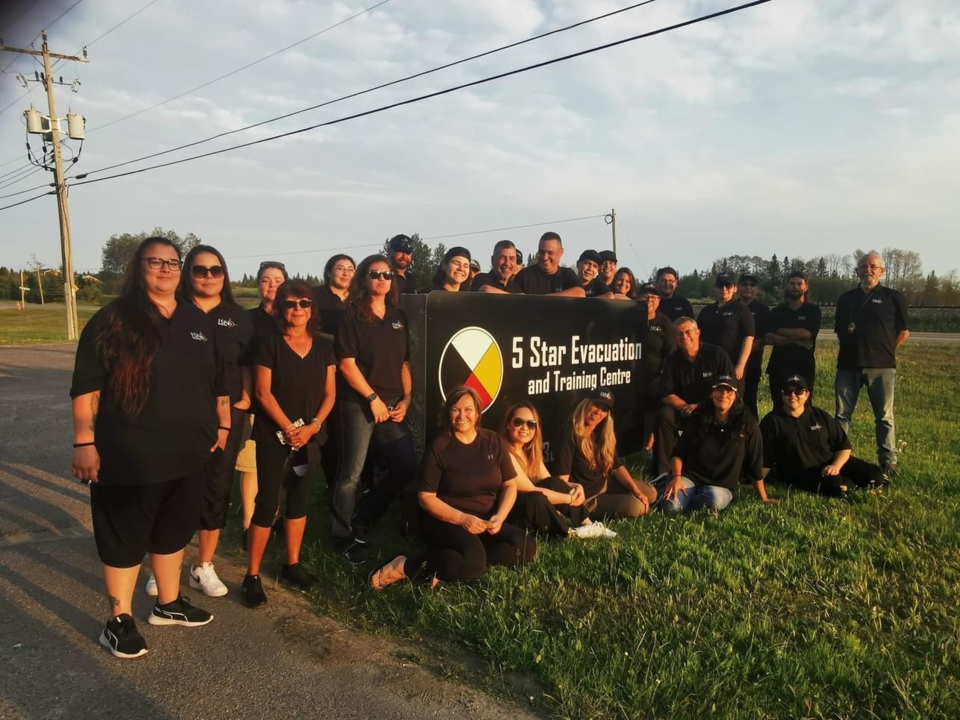As flood season starts, evacuations along the James Bay Coast are different than they have been in the past.
Precautionary evacuations due to potential floods on the Albany River have begun in Kashechewan under the community’s agreement with ISN Maskwa, but the new partnership has drawn a reaction from one town that traditionally hosted evacuees.
Planning for this year’s evacuations saw Kapuskasing council pass a resolution that the municipality must manage all evacuation activities in the town.
Kapuskasing CAO Guylain Baril said the hosting organization is ignoring the resolution and that the town has not been a part of the current evacuation planning. The town, he said, is open to being a host community as long as it manages access to services such as accommodations, security and healthcare.
“It’s not direct communication that’s taking place with the town of Kap,” said Baril. “We hope that we can offer the service we’ve been offering all these years in the future.”
In the City of Timmins, a bylaw has not been passed this year to host evacuees.
ISN Maskwa general manager Joe Tom Sayers said the Kapuskasing resolution is troubling.
“We take exception to anything that has the net impact of discriminating against Indigenous communities, Indigenous people,” he said. “Through our service agreement, our mandate is through Kashechewan First Nation until we hear otherwise.”
In the past, when evacuees go to a town or city, the municipality organizes and facilitates the services they access. Under ISN Maskwa’s new Indigenous-led model, First Nation communities are taking the lead.
ISN Maskwa is owned and operated by Missanabie Cree First Nation. It provides emergency services, security and emergency preparedness training, other support services to Indigenous communities, and on-the-land accommodations for evacuees.
It’s teamed up with Kashechewan First Nation, a remote community on the James Bay coast about 400 kilometres from Timmins, to share resources during emergencies. The agreement includes training for community members to work in Kashechewan during emergencies.
Every year, Sayers said there is a precautionary evacuation.
Right now, they are working to identify a specific date for the groups of people to leave their community and be taken to different municipalities.
The most medically vulnerable members of the community are the first priority.
“We want to make sure they have access to medical supplies and services during their stay within each of the municipalities,” said Sayers.
Sayers would not confirm where Kashechewan evacuees are headed due to concerns about the safety of community members during evacuations.
“We find that when word spreads through media, it does attract a certain element, like human traffickers and drug dealers, but we are looking along the Highway 11 corridor,” said Sayers. “And for our vulnerable folks, like people who need dialysis, we’ve located a southern Ontario municipality that has the capacity to support those types of needs.”
Sayers is expecting an “incredibly busy” evacuation season.
The warm winter may impact the reason for evacuations.
Because there’s not a lot of snow, there’s less runoff and the low water levels in the Albany River, which flows between Kashechewan and Fort Albany, said Wilbert Wesley, Mushkegowuk Council's emergency management services director.
The Ministry of Natural Resources is predicting a low to moderate risk of flooding in Kashechewan and Fort Albany but a high risk of fires during the wildfire season.
"We're keeping an eye on the status this year regarding this odd winter we had," said Wesley.
